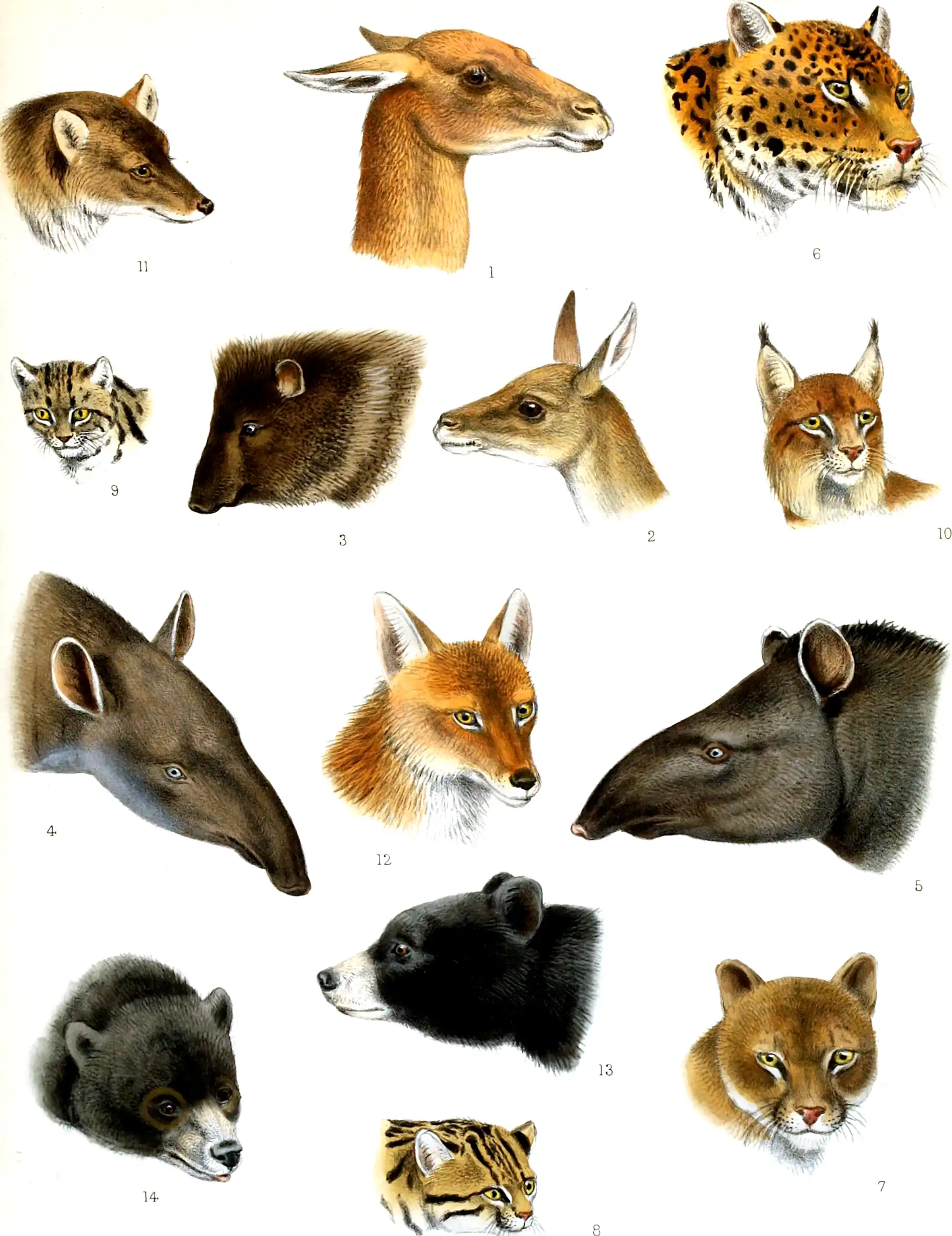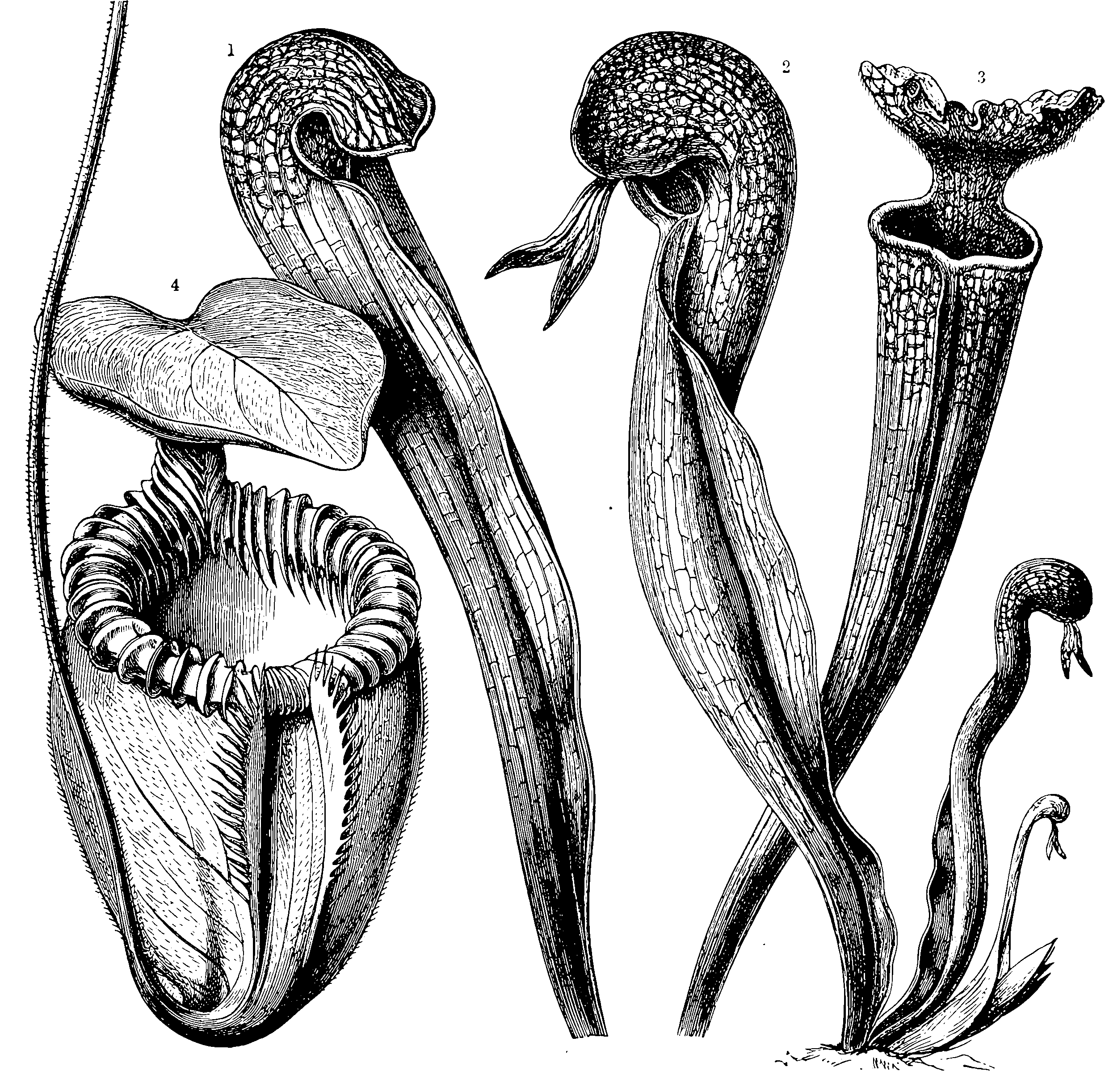Genetic programming
2015-12-21 — 2023-08-02
Wherein a nature-inspired method is recounted, in which programs are evolved by selection and recombination, is applied notably to symbolic regression problems, and is examined with historical and theoretical notes.
A nature-inspired approach to computing that mimics evolution for code. This method has fallen out of favour lately because it is just not very good in practice, (e.g. Brauer et al. 2002), at least as naïvely implemented. The kind of problems it seems like it might solve, symbolic regression, have alternatives that do pretty well, like neural automata, neural transformers, or Bayesian Symbolic regressions (Jin et al. 2020).
Nonetheless, there is some interesting theory here, some interesting history, and it is possibly the right tool for some jobs.
To consider: connection to adversarial learning, connections to optimisation theory, particle filters, importance sampling…
Hence, this notebook.
TBC, maybe.
1 Incoming
PyGAD
evotorch

